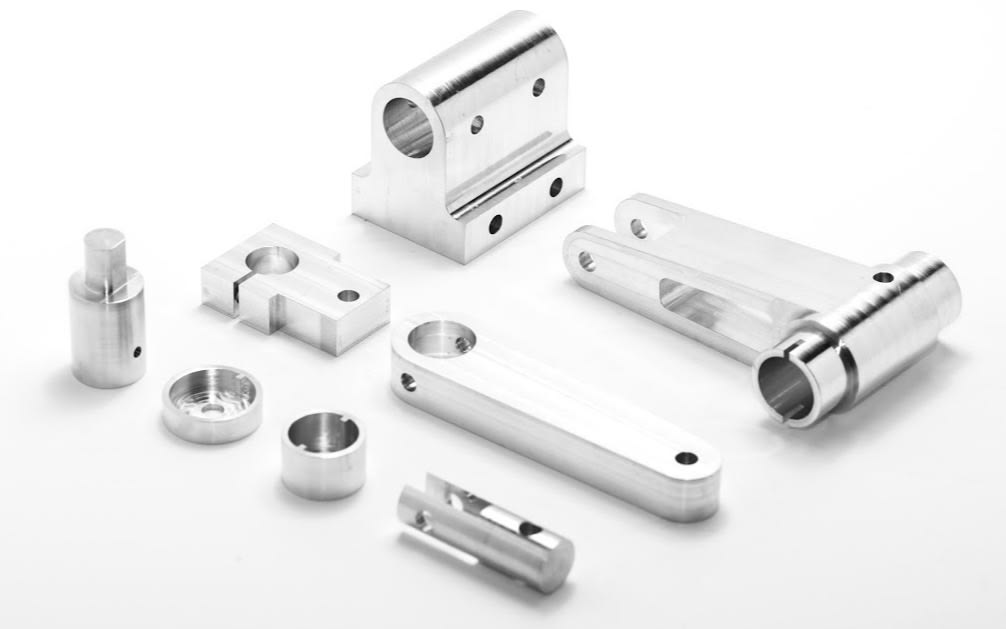There are many common manufacturing processes for increasing demand, and a good choice benefits both the supplier and the customer. Die casting and CNC machining, what is the difference, which one to choose? Here are some considerations for using the correct manufacturing process.
What Is CNC Machining
CNC machining (computer numerical control machining) is a kind of CNC precision machining under computer digital control, which can perform various special processes and complex surface treatments, such as chamfering, non-penetrating pattern or texture engraving, drilling at bends, etc, even the most demanding and difficult details may be realized with CNC machining, suitable for individual requirements and custom machined parts.
What Is Die Casting & How It Works
The die casting process is to apply high pressure to the molten metal in the mold cavity to form the same shape and surface as the mold. Molten metals, such as aluminum and copper, are poured into a steel mold until it fills it, allowing it to cool so that the metal takes the desired shape. During the die casting process, some simple stamping and pattern forming work can be done. Compared with the CNC process, its cost is lower, but it cannot complete extremely complex processing.
Die Casting vs. CNC Machining – How to Choose the Right Manufacturing Process

What is the difference between CNC machining and die casting? When is die casting and when is CNC machining better? To choose the right method, we need to understand the advantages and disadvantages of both technologies, as well as their applications and characteristics.
1. From the perspective of production volume, CNC processing is more suitable for small batch products because no tooling costs are required. Die casting is the first option considered for high volume, consistent parts.
2. For part features or details, all surface details can be included in the mold, and the parts can be produced directly, which greatly saves time. CNC machined parts may require post-processing or secondary machining.
3. In terms of cost and materials, most of the materials will be used for die casting, and there is very little waste. Since CNC machining is a cutting operation, there will be some material debris and residue around the machine that you will need to clean or recycle.
4. CNC machining can produce more complex geometries, oversized or shaped parts and tighter tolerances, which cannot be achieved by die casting. Die castings can also be machined through a CNC process to add more functionality.